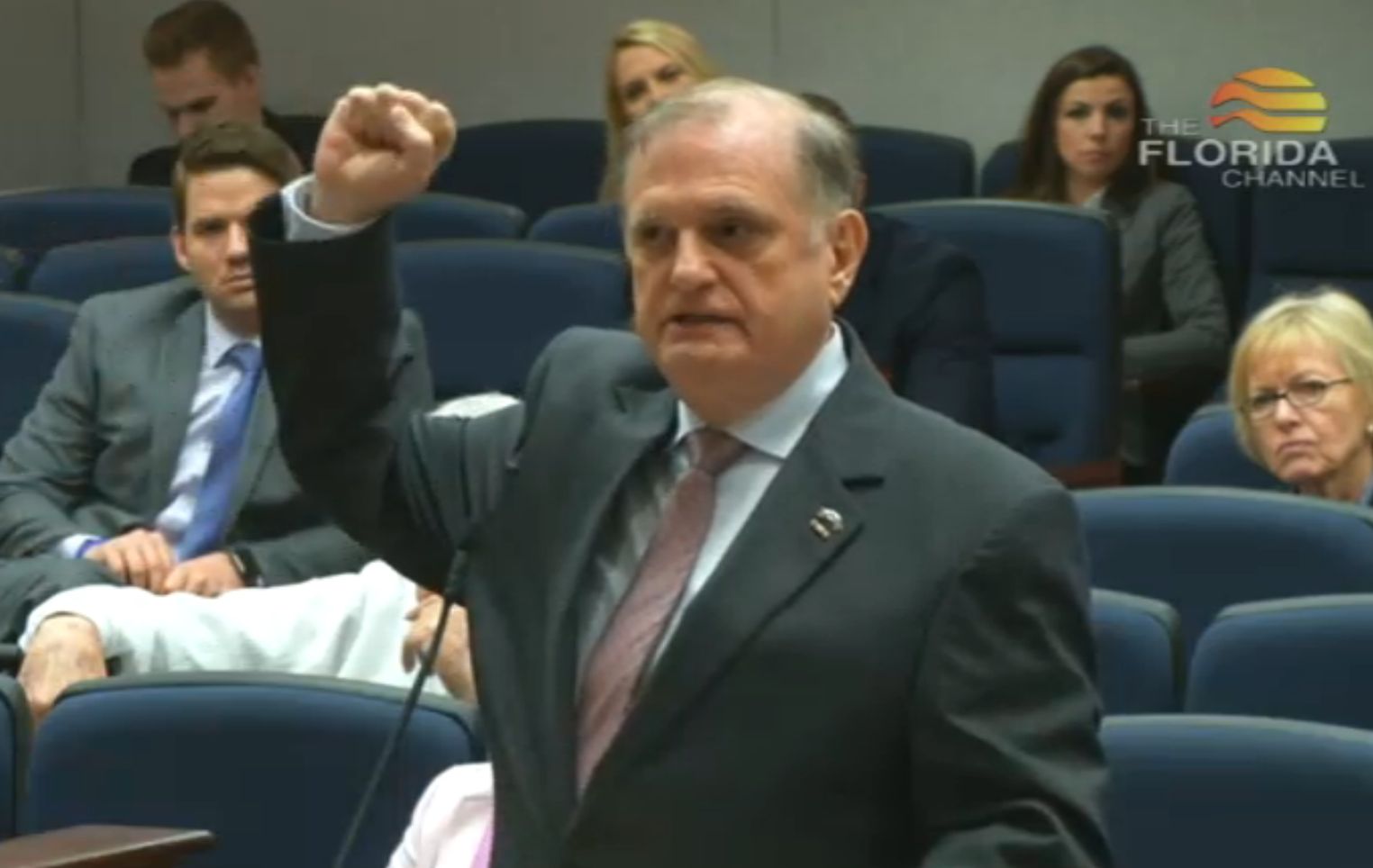
Many of the members of the House Judiciary Committee were reduced to fighting off sobs Thursday after hearing a half-dozen survivors’ stories from Florida’s horrific Dozier School for Boys reform school, which one survivor, Robert Straley, dubbed “a beautiful hell” for the picturesque grounds maintained for misleading appearances.
One after another described the trips to the building on the hill known as “The White House.” There they were led or dragged in, laid on a cot stinking of urine and vomit, and stained with blood, and then flogged, many until they passed out. For infractions like eating wild blackberries, or refusing to go out for the football team.
They spoke of the frequent beatings, the sexual molestations they and others endured as young boys, the psychological torture, the constant terror, and the deaths of other juvenile detainees that marked so much of the school’s history until it was closed in 2011.
Some of them went on to recover enough to lead productive lives, but all of them said the Dozier time left deep scars on their bodies and souls.
“All they did was brutalize me and sexually molest me and beat me,” said retired Army captain Bryant E. Middleton, who was there as a 14-year-old in the late 1950s. “I’m sorry I didn’t sugar coat that. I thought you really needed to hear what it was like.”
After more than an hour of such testimony, as many members of the committee fought through emotional responses, they voted unanimously to approve two measures to do what they could about it.
“I guess the picture is painted, right?” asked one of the sponsors, Democratic state Rep. Tracie Davis of Jacksonville.
The first measure, House Resolution 1335, offers an official recognition of the horrors and an official apology from the state of Florida.
The second, House Committee Bill 17-01, authorizes and funds two memorials to be designed and built, one on the Dozier grounds in Marianna, and the other on the Capitol grounds in Tallahassee.
It also authorizes and pays for the re-burial of 51 sets of remains – children who died in the school and were buried in secret, unmarked graves, which were later discovered by a University of South Florida research team. Ten who died in a 1910 fire will be reburied with grave markers at Dozier, and the other 41, who have not been identified, at a cemetery in Tallahassee. Seven other sets of remains that were identified have been reunited with families.
And the survivors said there are more undiscovered graves there; one said a whole additional secret cemetery.
“There are no words,” said Republican state Rep. Ross Spano of Dover, who took nearly a half-minute to power through his own emotions to complete his first two sentences to the Dozier victims. “that we can offer. We’re sorry.
“There’s something about revealing the truth, and shining the light, and exposing the wound to oxygen, so to speak, that allows for the healing to begin,” Spano continued as he recovered. “I hope and I pray in my heart that in some small way that what we are doing will allow you to do that.”




4 comments
Ray Roberts
April 6, 2017 at 4:37 pm
But without places like that how will they make “America Great Again”?
J C!!! WHB!!!!!!!
April 7, 2017 at 4:14 am
ROBERTS. YOU ARE A STUPID. ASS. YOU HAVE NO IDEA !!!!!!OR BRAINS!!!!
Ray Roberts
April 7, 2017 at 12:51 pm
My point is made… thanks
Lauralee
April 7, 2017 at 12:30 pm
God bless Roger Dean Kiser for being the first one to bring the atrocity to light and fighting for so many years to make sure something was done and those dead boys were found and given to their families.
Now cut the victims a big check and in-prison all the staff who are still alive to live their remaining days til death in prison!!! Do the right thing Florida!!!!!!
Comments are closed.